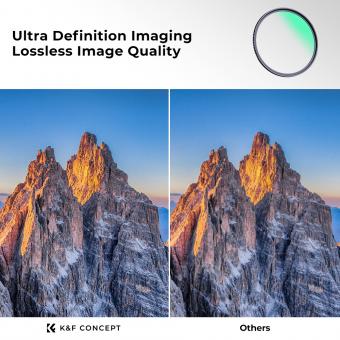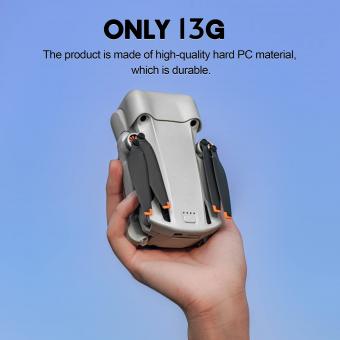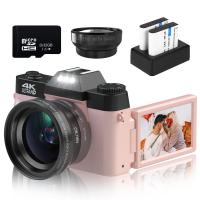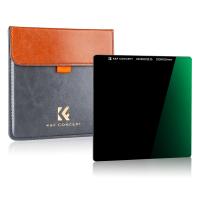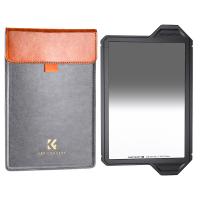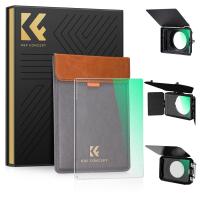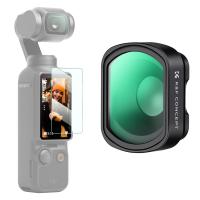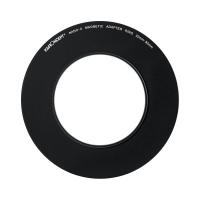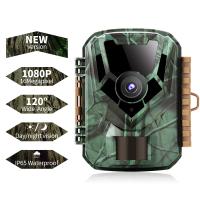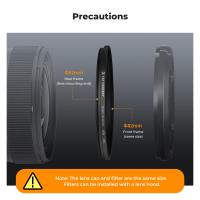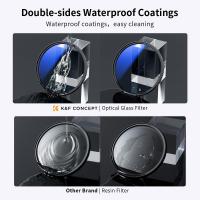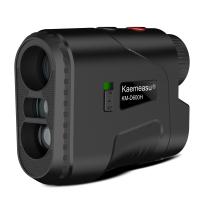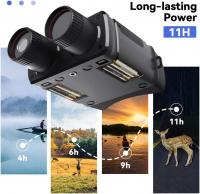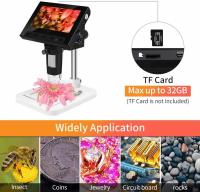Obs How To Record Camcorder ?
To record with a camcorder, follow these steps:
1. Ensure that your camcorder is charged or connected to a power source.
2. Insert a compatible recording media, such as a memory card or tape, into the camcorder.
3. Turn on the camcorder and set it to the desired recording mode (e.g., video or audio).
4. Adjust the settings, such as resolution, frame rate, and audio levels, according to your preferences.
5. Frame your shot by looking through the viewfinder or using the LCD screen.
6. Press the record button to start recording. Some camcorders may have a separate button for starting and stopping recording.
7. Monitor the recording through the viewfinder or LCD screen to ensure that everything is captured correctly.
8. Press the stop button to end the recording. Again, some camcorders may have a separate button for stopping recording.
9. Review the recorded footage on the camcorder's screen or transfer it to a computer for further editing or storage.
Remember to consult your camcorder's manual for specific instructions as the process may vary depending on the make and model.
1、 Camcorder types and features for recording purposes
Camcorders are versatile devices that allow users to capture high-quality videos and record precious moments. When it comes to recording with a camcorder, there are a few key factors to consider.
Firstly, it is important to understand the different types of camcorders available in the market. Traditional camcorders typically come with built-in storage and offer various recording formats such as MiniDV, DVD, or hard disk drive. These camcorders are user-friendly and provide good video quality. However, with the advancement of technology, many people now prefer using digital camcorders or even smartphones for recording purposes. These devices offer convenience and often come with advanced features like image stabilization, high-resolution video recording, and wireless connectivity.
To record with a camcorder, start by ensuring that the device is fully charged or has sufficient battery life. Next, insert a compatible memory card or connect an external storage device if required. Adjust the settings according to your preferences, such as resolution, frame rate, and audio options. It is also advisable to use a tripod or stabilize the camcorder to avoid shaky footage.
In terms of the latest point of view, the rise of smartphones with advanced camera capabilities has significantly impacted the camcorder market. Many people now prefer using their smartphones for recording videos due to their convenience and portability. Smartphones offer high-resolution video recording, image stabilization, and easy sharing options. However, dedicated camcorders still have their advantages, such as longer battery life, better zoom capabilities, and superior audio quality.
In conclusion, recording with a camcorder involves understanding the different types and features available, adjusting the settings according to your preferences, and ensuring stability during recording. While smartphones have become popular for recording videos, camcorders still offer unique advantages for those seeking professional-quality footage.
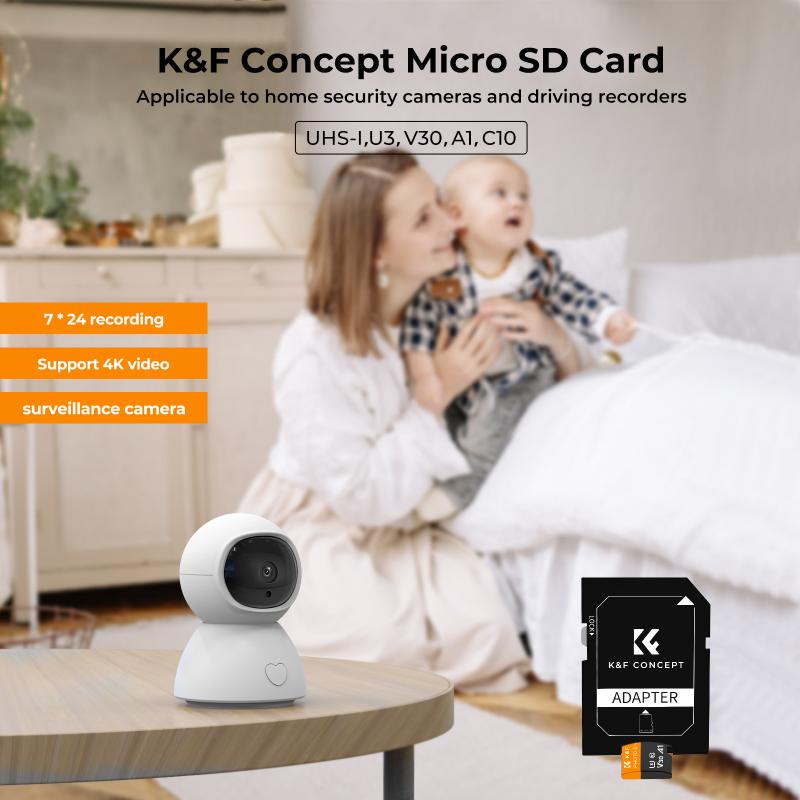
2、 Steps to connect and set up a camcorder for recording
Steps to connect and set up a camcorder for recording:
1. Check the camcorder: Ensure that your camcorder is in good working condition and has enough battery power or is connected to a power source. Also, make sure you have a compatible memory card or storage device.
2. Connect the camcorder to a computer: If you want to transfer or save your recordings directly to a computer, connect the camcorder using a USB cable. Make sure the computer recognizes the camcorder and installs any necessary drivers.
3. Adjust the settings: Use the camcorder's menu or settings options to adjust the recording quality, resolution, frame rate, and other settings according to your preferences. You may also want to set the date and time if your camcorder supports it.
4. Mount the camcorder: If you plan to record using a tripod or other mounting equipment, securely attach the camcorder to the mount. This will help stabilize the footage and prevent shaky recordings.
5. Frame your shot: Look through the camcorder's viewfinder or LCD screen to frame your shot. Consider factors like lighting, composition, and focus to ensure a visually appealing recording.
6. Start recording: Press the record button on the camcorder to start recording. Keep an eye on the recording time and available storage space to avoid interruptions.
7. Monitor the recording: While recording, periodically check the camcorder's screen or viewfinder to ensure that the footage is being captured properly. Adjust the focus, exposure, or other settings if necessary.
8. Stop recording: When you're finished recording, press the stop button on the camcorder. Make sure the recording is saved before disconnecting or turning off the camcorder.
Remember to consult your camcorder's user manual for specific instructions and features. Additionally, keep up with the latest advancements in camcorder technology to take advantage of new features and capabilities.
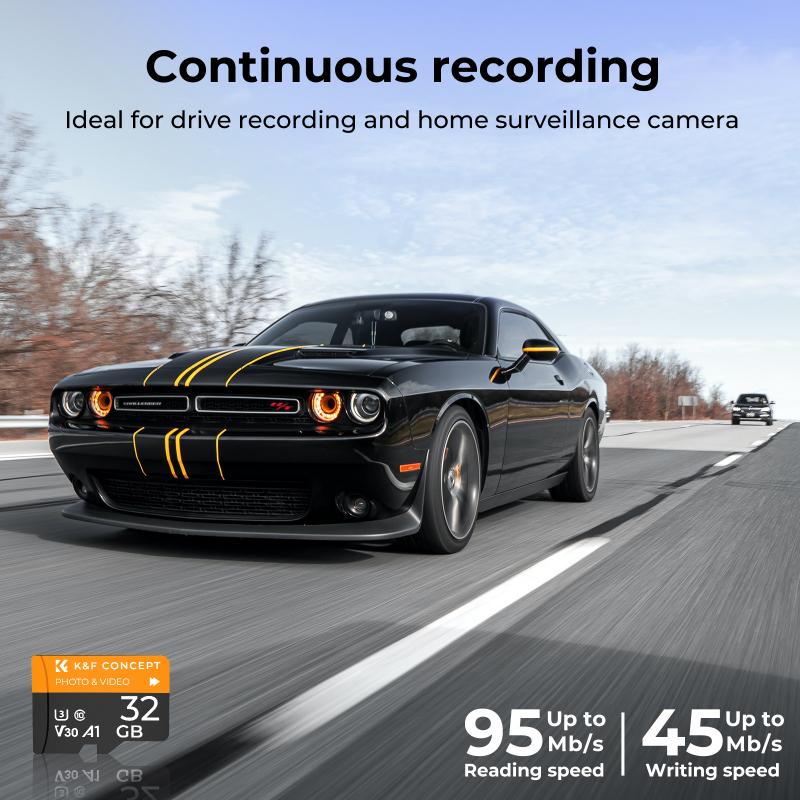
3、 Adjusting camcorder settings for optimal recording quality
Adjusting camcorder settings for optimal recording quality is essential to ensure that you capture the best possible footage. Here are some steps to help you record with your camcorder effectively:
1. Set the resolution: Most camcorders offer different resolution options. Choose the highest resolution available to capture videos with greater detail and clarity. However, keep in mind that higher resolutions may require more storage space.
2. Adjust frame rate: The frame rate determines how many frames are captured per second. Higher frame rates result in smoother videos, especially for fast-moving subjects. However, higher frame rates may also require more storage space. Experiment with different frame rates to find the one that suits your needs.
3. Set the exposure: Proper exposure is crucial for well-lit videos. Adjust the exposure settings to ensure that your subject is neither too dark nor too bright. Many camcorders offer automatic exposure modes, but manual control allows for more precise adjustments.
4. White balance: Different lighting conditions can affect the color temperature of your videos. Adjust the white balance settings to ensure accurate colors. Most camcorders offer presets for various lighting conditions, such as daylight, cloudy, or indoor lighting. Alternatively, you can manually set the white balance using a white card or a neutral object.
5. Focus: Ensure that your subject is in focus before recording. Many camcorders offer autofocus capabilities, but manual focus allows for more control. Use the focus ring or the autofocus feature to achieve sharp and clear footage.
6. Audio settings: Pay attention to the audio settings of your camcorder. Adjust the microphone sensitivity and audio levels to capture clear and balanced sound. Consider using an external microphone for better audio quality, especially in noisy environments.
7. Stability: To avoid shaky footage, use a tripod or stabilize your camcorder with a gimbal or a stabilizer. Smooth and stable footage enhances the overall quality of your recordings.
Remember to practice and experiment with different settings to find the optimal configuration for your specific camcorder model and recording environment. Additionally, consult the user manual or online resources for specific instructions tailored to your camcorder.
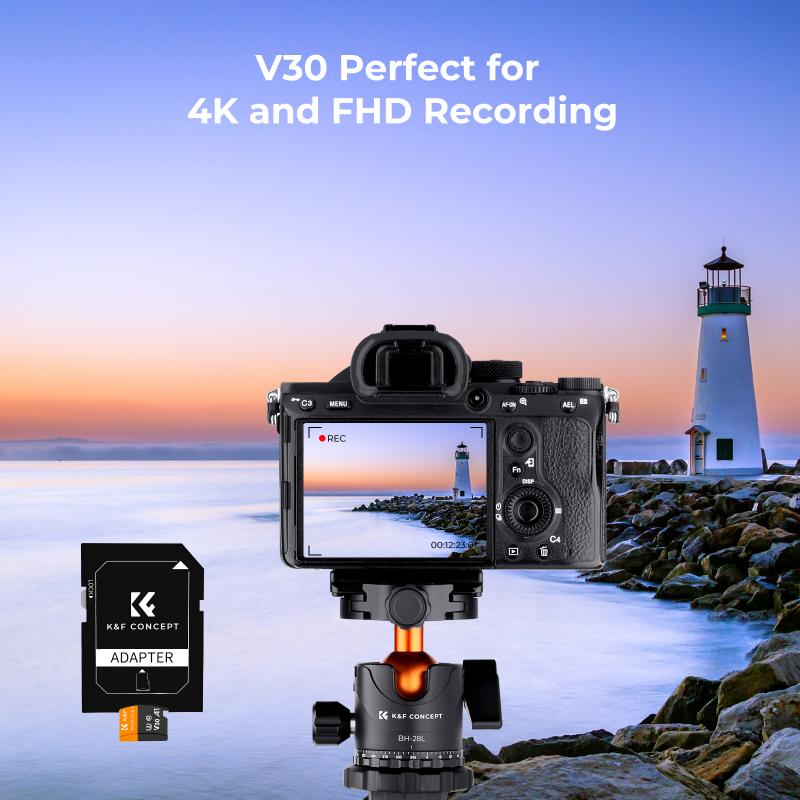
4、 Techniques for capturing steady and smooth footage with a camcorder
Techniques for capturing steady and smooth footage with a camcorder have evolved over the years, thanks to advancements in technology and the introduction of new features. Here are some tips on how to record with a camcorder to achieve high-quality, stable footage.
1. Use a tripod: One of the simplest and most effective ways to ensure steady footage is by using a tripod. It provides a stable base for your camcorder and eliminates shaky movements caused by hand-holding.
2. Image stabilization: Many modern camcorders come equipped with built-in image stabilization technology. This feature compensates for any camera shake, resulting in smoother footage. Make sure to enable this feature in your camcorder's settings.
3. Hold the camcorder correctly: When hand-holding the camcorder, hold it with both hands and keep your elbows close to your body. This technique helps to minimize camera shake and allows for better control.
4. Slow and steady movements: Avoid sudden jerky movements while recording. Instead, move the camcorder slowly and smoothly to capture more professional-looking footage.
5. Use a shoulder rig or stabilizer: If you need to capture footage while on the move, consider using a shoulder rig or stabilizer. These accessories provide additional stability and support, reducing camera shake even further.
6. Practice panning and tilting: Panning and tilting are common camera movements used in videography. To achieve smooth results, practice these movements beforehand and use slow, controlled motions.
7. Post-production stabilization: If you still have some minor camera shake in your footage, you can use video editing software to stabilize it further. Many editing programs offer tools to correct shaky footage and enhance its overall stability.
It's worth noting that the latest camcorders often come with advanced stabilization features, such as optical or electronic image stabilization, which can greatly improve the quality of your footage. Additionally, some camcorders now offer 4K resolution and high frame rates, allowing for even smoother and more detailed recordings.
In conclusion, capturing steady and smooth footage with a camcorder requires a combination of proper technique, equipment, and sometimes post-production editing. By following these tips and utilizing the latest advancements in camcorder technology, you can achieve professional-looking results in your recordings.




